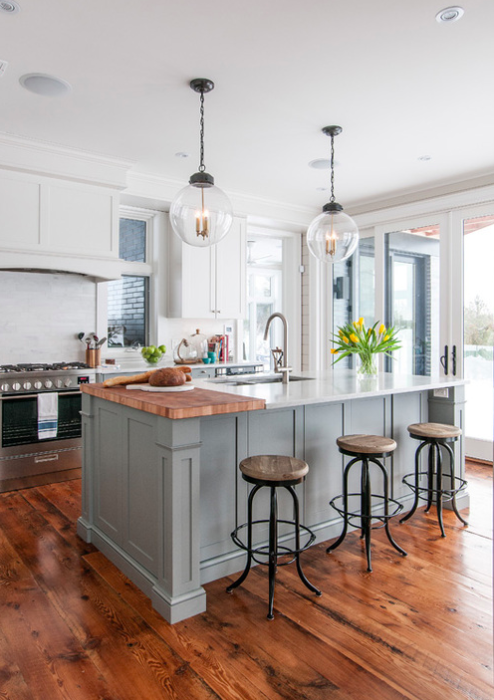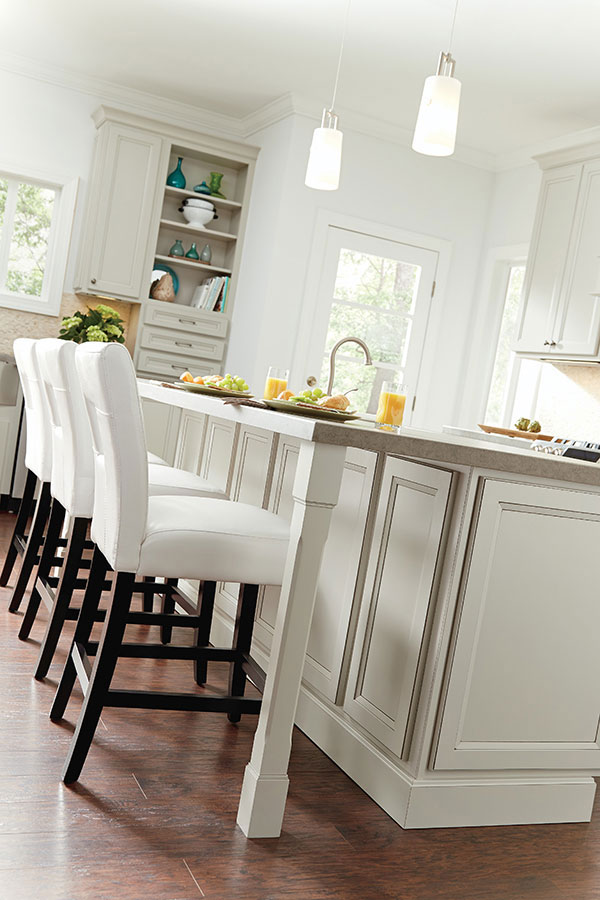Add Appeal and Character to Your Area with Legs For Kitchen Island Creations
Add Appeal and Character to Your Area with Legs For Kitchen Island Creations
Blog Article
Vital Variables to Consider When Selecting Legs For Kitchen Area Island
Selecting the proper legs for a kitchen area island includes a cautious assessment of multiple factors that can significantly affect both performance and aesthetic appeal. Amongst these, the option of material plays a pivotal duty in making certain longevity, while the style should complement the existing style. Moreover, considerations such as elevation and weight assistance are important for security and convenience. As we discover these aspects, it comes to be clear that each choice can have far-reaching effects for the general cooking area experience. What nuances should be considered in each of these classifications to accomplish the excellent balance?
Material Options
When picking legs for a kitchen island, comprehending the numerous material choices is crucial for achieving both aesthetic allure and architectural integrity (Legs For Kitchen Island). The option of product substantially affects not just the durability of the island however additionally its general style and functionality
Timber is a popular selection, using heat and versatility. Solid hardwoods, such as oak or maple, give strength and can be stained or repainted to match the kitchen design. Steel legs, usually made from stainless steel or wrought iron, add a commercial and modern-day feeling while ensuring sturdiness and stability. These materials are resistant to use and can support considerable weight, making them perfect for bigger islands.
Another alternative is crafted materials, like MDF or plywood, which can be more economical while still using a variety of coatings. Nonetheless, they might not offer the same level of security as solid wood or steel. Products such as acrylic or glass can produce a contemporary look, though they might need additional assistance to make sure stability.
Inevitably, the choice of material for cooking area island legs must align with the wanted performance and the overall motif of the kitchen area.
Design And Style

When considering style, the shape and finish of the legs are crucial. Tapered legs can offer a sense of lightness and beauty, while thicker, a lot more robust legs can communicate stamina and stability. Furthermore, the finish-- be it painted, stained, or all-natural-- should complement the kitchen cabinetry and kitchen counter products to produce a unified appearance.
In addition, the design of the legs can additionally show individual preference. Custom-made or decorative legs, such as those featuring elaborate carvings or one-of-a-kind geometric shapes, can work as centerpieces, adding personality and character to the kitchen area. Eventually, the best choice will certainly not just improve functionality but additionally raise the aesthetic allure, making the cooking area island a standout function of the home.
Height Factors To Consider
Choosing the proper height for kitchen area island legs is crucial, as it directly influences both functionality and convenience. The standard elevation for a cooking area island usually varies from 36 to 42 inches, aligning with view typical kitchen counter heights.

It is additionally vital to make up users' elevations and choices. Customizing the height can make certain a comfy experience for all household participants, making the kitchen island a much more practical and pleasurable area.
Weight Support
Ensuring ample weight support for kitchen island legs is crucial for both safety and capability. The kitchen area island often offers multiple functions, including food prep work, dining, and extra storage space, requiring a durable support framework. When selecting legs, it is important to consider the general weight ability required based upon the island's planned use and the products that will certainly be put on it.
The selection of material for the legs plays a substantial role in their weight-bearing abilities. Strong timber, metal, and durable compounds generally supply superior stamina contrasted to lighter products. Additionally, the style of the legs-- whether they are right, tapered, or have a pedestal kind-- can influence their capability to disperse weight properly across the structure.
Additionally, the leg positioning should be strategically intended to enhance stability. Legs positioned at the edges or with a bigger base can much better support heavier loads. Always get in touch with the manufacturer's specifications concerning tons restrictions to make certain that the legs can maintain the desired weight without compromising safety. In summary, selecting kitchen island legs with sufficient weight support is vital for producing a useful and secure cooking area.
Installation and Upkeep
Correct setup and maintenance of kitchen island legs are critical for making certain long life and stability. To begin, it is necessary to adhere to the maker's guidelines throughout setup. This typically involves safeguarding the legs to the space station using ideal bolts, guaranteeing that the legs are degree and lined up. Utilizing a degree tool can aid stop wobbling and boost the overall visual charm of the cooking area island.
When set up, normal upkeep is required to preserve the honesty and pop over to this web-site look of the legs - Legs For Kitchen Island. For wood legs, periodic cleansing with a damp towel and application of appropriate wood polish can prevent moisture damages and keep their finish. Metal legs might need a mild cleansing solution to eliminate oil and gunk, followed by a dry towel to protect against corrosion formation
In addition, inspect the legs consistently for indicators of wear or damage, such as cracks official site or loose joints. Tightening screws or bolts as needed can also extend the life expectancy of the legs. By sticking to these setup and upkeep methods, house owners can make sure that their cooking area island continues to be tough and aesthetically appealing for years to come.
Conclusion

Aesthetic coherence is vital in picking the design and design of legs for a kitchen island, as these aspects substantially affect the total ambiance of the space. Tapered legs can offer a sense of lightness and sophistication, while thicker, a lot more durable legs can share toughness and security.Picking the appropriate elevation for kitchen island legs is essential, as it directly impacts both functionality and comfort. In summary, selecting kitchen island legs with sufficient weight support is vital for producing a risk-free and practical culinary area.
In conclusion, selecting legs for a kitchen area island necessitates careful consideration of various factors, consisting of product choices, style, height, weight support, and installment.
Report this page